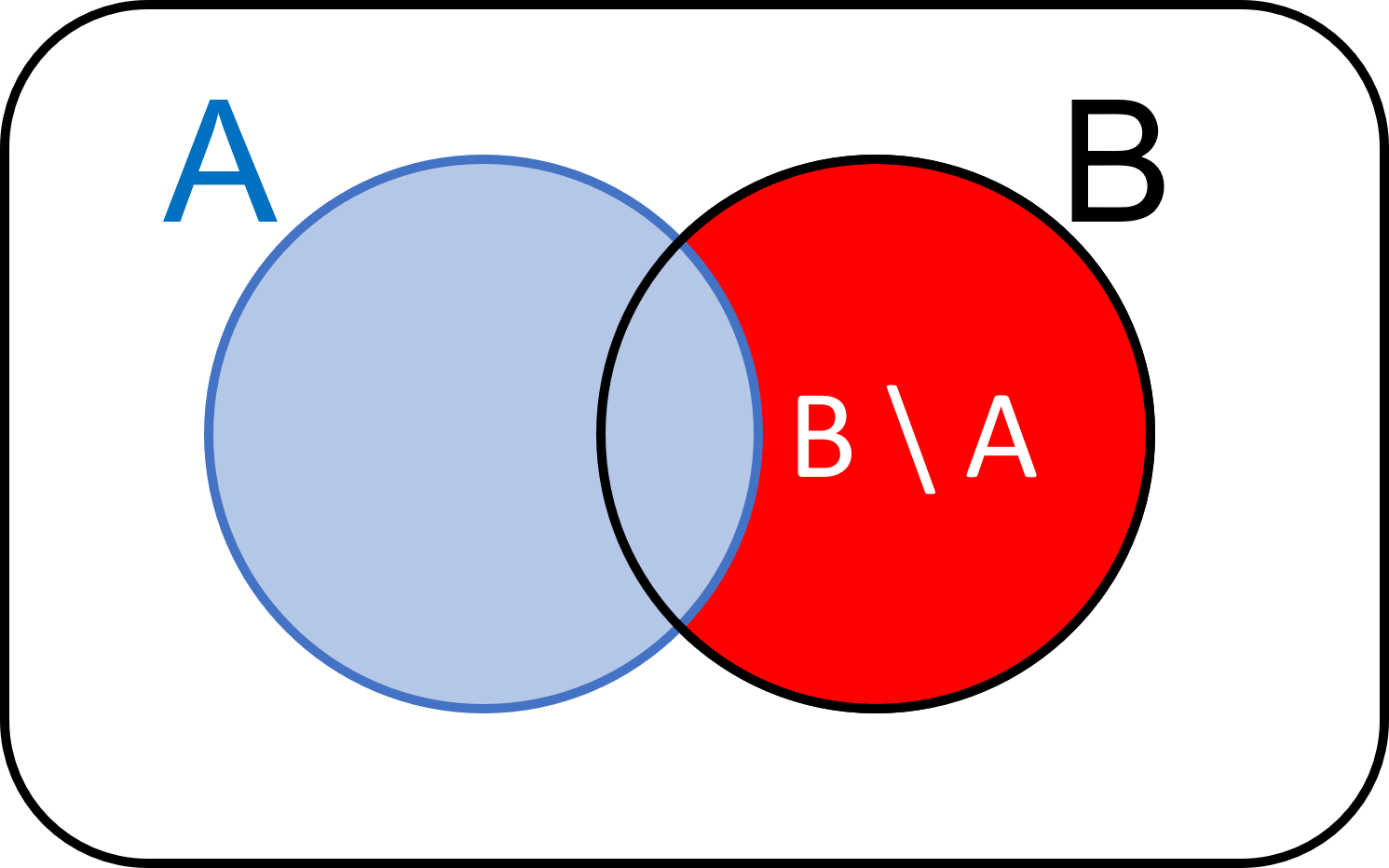
|
ParaMonte Fortran 2.0.0
Parallel Monte Carlo and Machine Learning Library
See the latest version documentation. |

|
ParaMonte Fortran 2.0.0
Parallel Monte Carlo and Machine Learning Library
See the latest version documentation. |
This module contains procedures and generic interfaces for computing the absolute or relative complement of one set in another set. More...
Data Types | |
| interface | getComplement |
Generate and return an array of elements of setB that are not in setA. More... | |
| interface | getComplementRange |
Generate and return the complement of the input set setA with respect to an array of elements of the sorted set comprised of a range of integer values constructed by the triple start, stop, step. More... | |
Variables | |
| character(*, SK), parameter | MODULE_NAME = "@pm_arrayComplement" |
This module contains procedures and generic interfaces for computing the absolute or relative complement of one set in another set.
In mathematical terminology, the complement of set A in set B is denoted by B \backslash A, or B \cap A^{C}, or less frequently by B - A.
Read B \backslash A as the set of elements in B that do not appear in A.
An example Venn diagram illustration of B \backslash A is the red region in the following graph,

sorted = .true. input argument.
Final Remarks ⛓
If you believe this algorithm or its documentation can be improved, we appreciate your contribution and help to edit this page's documentation and source file on GitHub.
For details on the naming abbreviations, see this page.
For details on the naming conventions, see this page.
This software is distributed under the MIT license with additional terms outlined below.
This software is available to the public under a highly permissive license.
Help us justify its continued development and maintenance by acknowledging its benefit to society, distributing it, and contributing to it.
| character(*, SK), parameter pm_arrayComplement::MODULE_NAME = "@pm_arrayComplement" |
Definition at line 69 of file pm_arrayComplement.F90.